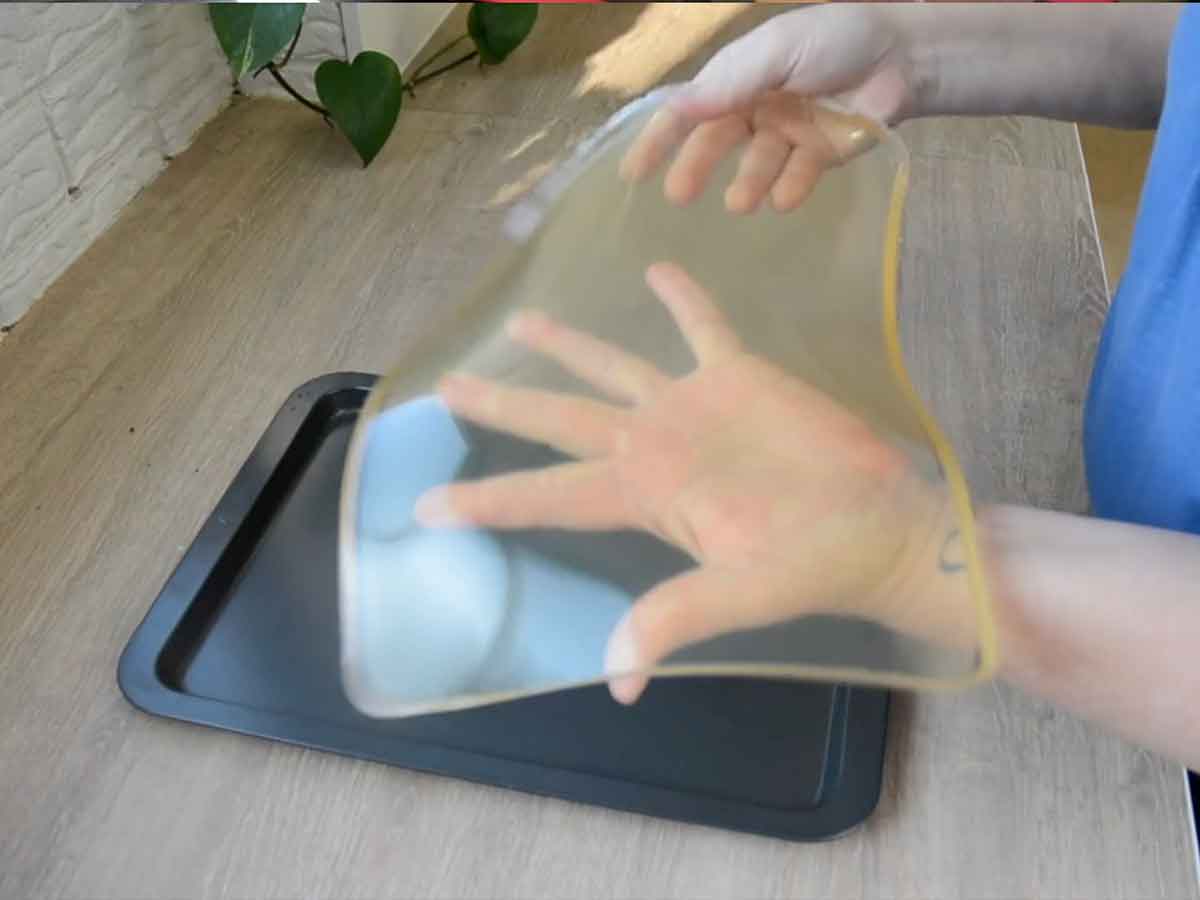What is gelatin ‘bloom strength’ and why is it important?
I thought all gelatin was created equal. I thought one brand was much the same as another.
But recently I have learned they are not!
Louise posted a comment on my DIY Gel Plate Recipe blog post, asking about ‘bloom strength’. I’d never heard that term before, so had to look it up, and I am so glad she asked!
‘Bloom strength’ refers to how strong the gelatin is after it has bloomed and set. The higher the ‘Bloom value’, the firmer the gel will set, and the better the quality of the gelatin product.
Why is this important?
When making your own DIY gelatin plate, the ‘bloom strength’ of the gelatin will have a direct impact on the quality and longevity of your gel plate. The higher the Bloom strength the better.
If the Bloom strength is too low, the plate may not set when using the recipe ratios of water, glycerine and gelatin.
I use McKenzie’s Gelatine Powder when making my own gel plates. That is the product readily available at the supermarkets I shop at. McKenzie’s Gelatine Powder boasts a ‘Platinum Strength’ when it comes to grading the bloom strength of their gelatin. Their powder has a bloom strength of 210-230.
I have had a few comments from people who have made my recipe mentioning problems with the firmness of the plate. I know many people have used my recipe with great success, so I have been wondering about the difference between brands of the gelatin and glycerine. Now I think I have the answer!
Troubleshooting suggestion – If you have made a gel plate and it it not very firm, is to increase the amount of the gelatin you are using. The problem is I can’t tell you by how much. You could also do some online research about the brand of gelatin you are using to see if you can find any indication of the bloom strength. if it is lower than 200, see if you can find a different brand with a higher bloom strength value.
The image below is a gel plate I made with my recipe in August 2020. It recently melted it in the microwave and repoured it – she’s still going strong!
So what does that mean? Lets put some context into it…
The Bloom scale typically ranges from 30 Bloom (weakest) to 325 Bloom (strongest).
- Low bloom is 30-125
- Medium bloom is 125-225
- High bloom in 225-325
Fun Fact – The test to measure Bloom strength was invented by Oscar T Bloom in 1925
Supermarket-sold gelatin generally does not state the Bloom strength on the packaging. From what I have read, you can assume they are probably in the Medium bloom range.
Commercial and professional environments would probably look for gelatin with a specific Bloom strength. Confectioners may look for a Bloom strength of 222-250. Cosmetics, ballistics testing and prosthetics may require a Bloom strength of 300.
Another Fun Fact – Bloom strength is measured by how much weight (in grams) a specific type of plunger needs to press into the gel’s surface by 4mm, at a specified temperature, without breaking the surface.
What exactly is gelatin ‘blooming’?
Quite simply it is the process of hydrating and softening the gelatin in a liquid.
When blooming gelatin for food preparation, it is generally done with cold water or recipe-specified liquid. If the gelatin doesn’t bloom properly, it can set with a lumpy and clumpy texture.
And what exactly is gelatin?
Typical gelatin is not a vegetarian or vegan product. It is made by boiling animal parts in water. There are vegan options available, such as Agar. I’ve not used them when making my own DIY gel plate recipe, so I can’t speak to their effectiveness, but if you have, I would love to know how the plate turned out for you.






